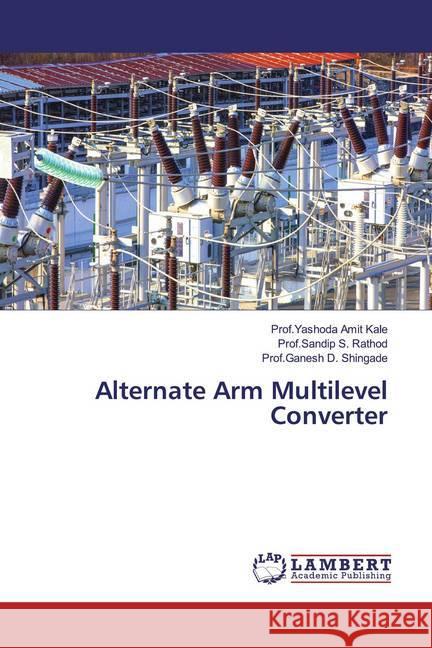Alternate Arm Multilevel Converter » książka
Alternate Arm Multilevel Converter
ISBN-13: 9786139988075 / Angielski / Miękka / 2018 / 80 str.
It is a hybrid System between the modular multilevel converter, because of the presence of H-bridge cells, and the two-level converter, in the form of director switches in each arm. This converter is able to generate a multilevel ac voltage and since its stacks of cells consist of H-bridge cells instead of half-bridge cells, they are able to generate higher ac voltage than the dc terminal voltage. This allows the AAC to operate at an optimal point, called the "sweet spot," where the ac and dc energy flows equal. The director switches in the AAC are responsible for alternating the conduction period of each arm, leading to a significant reduction in the number of cells in the stacks. Furthermore, the AAC can keep control of the current in the phase reactor even in case of a dc-side fault and support the ac grid, through a STATCOM mode. A reduction in the cell voltage deviation is observed at power factors close to unity at the cost of an increase in power losses, especially when reactive power is required. This gain in voltage margin is then used in further optimizations of the MMC performance.











